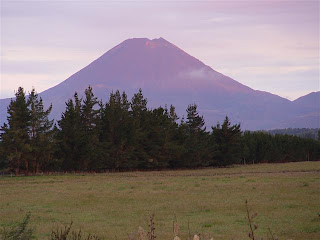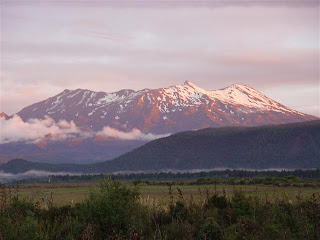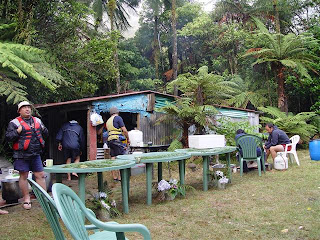.jpg)
.jpg)
.jpg)
One could not help but be amazed at the meals we had – no instant noodles on this trip! Typical meals were:
Breakfast – porridge, other cereals, fruit, mince, bacon, sausages, left over fried meats, hash browns, spaghetti, baked beans, toast, jam, tea, coffee.
Lunch – Bread, wraps, rolls and a range of fillings and fruit
Tea – one or more meats (e.g. pig on a spit, chicken, steak, pork, fish) vegetables, potatoes, pumpkin, desert (e.g. sponge, fruit salad, ice-cream, cream, custard, steam pudding).
The thought that we might starve in the wilderness never occurred to any of us!
Photos show
Breakfast at Mangapapapa
Preparing for a hangi at Whitianga
Spit roast at Ohinepane
.jpg)
.jpg)
.jpg)
.jpg) The church at Upokongaro taken from the river.
The church at Upokongaro taken from the river.
.jpg)
.jpg)
.jpg)
.jpg)
.jpg)
.jpg)
.jpg)
.jpg)
.jpg)
.jpg)
.jpg)
.jpg)
.jpg)
.jpg)
.jpg)
.jpg)
.jpg)
.jpg)
.jpg)
.jpg)
.jpg)
.jpg)
.jpg)
.jpg)
.jpg)
.jpg)
.jpg)
.jpg)
.jpg)